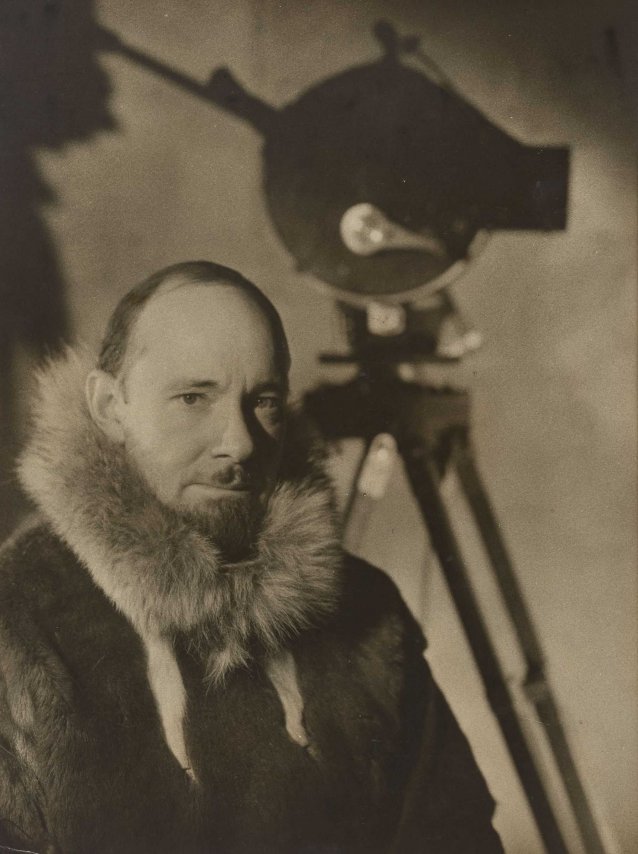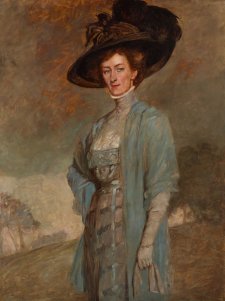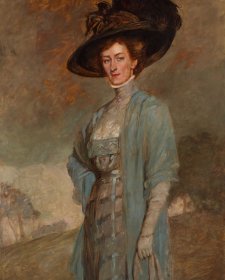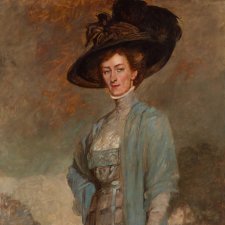Sir George Hubert Wilkins (1888-1958), photographer, cinematographer, polar explorer and naturalist, spent his childhood on a farm in South Australia and became interested in photography while studying engineering and music at the University of Adelaide. Aged 20, he went to England and worked for the Gaumont Cinema Co. as a cameraman before getting a position as a reporter for the London Daily Chronicle. He learned to fly and take aerial photographs and in 1912 became the first person to film in the front line of a war zone when he covered the Balkan War. His first foray into exploration came with his appointment to the Canadian Arctic Expedition of 1913-1916. On returning to Australia in 1917, he was commissioned into the Australian Flying Corps and in July of the same year was appointed an Official Photographer with the AIF and sent to the Western Front where he worked alongside Frank Hurley. The intrepid Wilkins was unafraid of working close to front-line fighting and war historian Charles Bean praised his photographs as 'a record of places and events so accurate they could be … relied on as historical evidence', a counterpoint to the showmanship of the propaganda images created by Hurley. Later, in 1919, with Bean and artist George Lambert, Wilkins travelled to Gallipoli as the photographer for the Australian Historical Mission. After the war, Wilkins returned to exploration and aviation, entering the 1919 Australia-England air race, making his first visit to Antarctica in 1920-21 and in 1921-22 accompanying Sir Ernest Shackleton on his Quest expedition. Commissioned by the British Museum, Wilkins spent two and a half years collecting plants, fauna, and Aboriginal artefacts in northern Australia, later publishing his findings in the book Undiscovered Australia in 1929. In 1926, he began a program of aerial Arctic exploration, culminating in the first flight made across the Arctic Sea from Alaska to Norway for which he was knighted and awarded medals by the Royal Geographical Society and American Geographical Society. The feat was publicised in his second book Flying the Arctic in 1928, the same year that he carried out the first aerial explorations of Antarctica. Like Hurley, Wilkins made films of his explorations and proved adept at popularising his heroic exploits. He undertook a further five expeditions to Antarctica throughout the 1930s but failed in his 1931 attempt to reach the North Pole by navigating a submarine underneath the pack ice. During WW2, he worked in defence-related positions for the US Weather Bureau and the Arctic Institute and advised the US Army on how to equip soldiers for fighting in conditions of extreme cold. Wilkins lived in the USA for many years and was so revered in his adopted home that his ashes were scattered at the North Pole by a US Navy submarine. Wilkins was the only official war photographer to be decorated for bravery, receiving the Military Cross in 1917 and a Bar in 1918.
Purchased 2009
The National Portrait Gallery respects the artistic and intellectual property rights of others. Works of art from the collection are reproduced as per the
Australian Copyright Act 1968 (Cth). The use of images of works from the collection may be restricted under the Act. Requests for a reproduction of a work of art can be made through a
Reproduction request. For further information please contact
NPG Copyright.
















